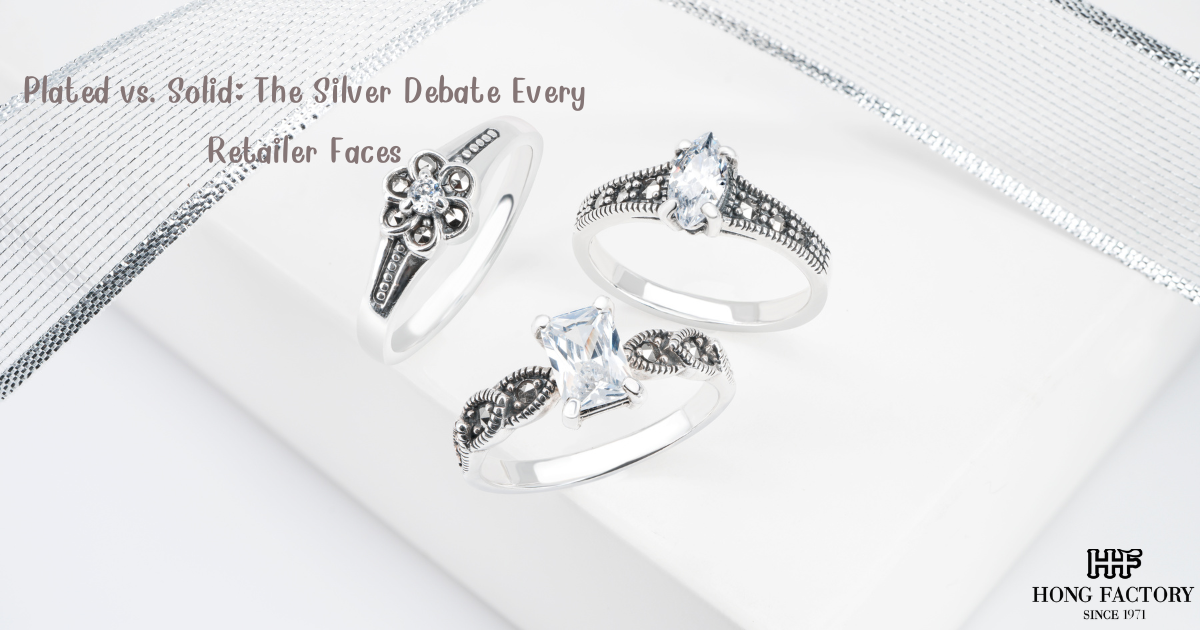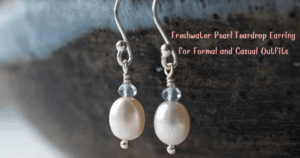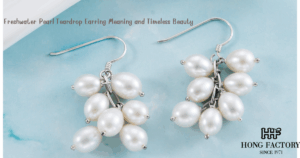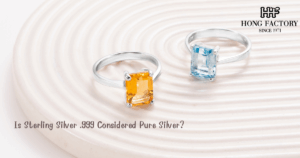In the world of jewelry retail, few decisions are as fundamental and as frequently debated as the choice between plated and solid silver. It’s not just a matter of materials; it’s about pricing strategy, customer expectations, long-term brand positioning, and perceived value. Silver Debate
Whether you’re curating a new collection or fine-tuning your product mix, understanding the pros, cons, and market implications of both options is key to making informed decisions. Here’s a deep dive into the plated vs. solid silver debate and how to choose what’s right for your business.
Plated vs. Solid: The Silver Debate Every Retailer Faces
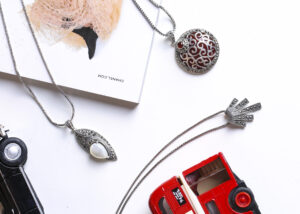
1. Definitions First: What’s the Difference?
Plated Silver
Plated silver refers to a base metal usually brass, copper, or alloy coated with a thin layer of silver.
- Common types: Silver-plated, silver-tone, rhodium-plated, vermeil
- Silver content: Minimal, with coating typically <1 micron thick
Solid Silver
Solid silver, especially sterling silver, contains 92.5% pure silver alloyed with copper or other metals for durability.
- Standard: “925” stamp indicates sterling purity
- Known for: Longevity, tarnish resistance (with care), and higher intrinsic value
2. Price Points & Margins
Plated Silver:
- Pros: Low production cost, high markup potential
- Cons: Lower resale value, may tarnish or wear quickly
Solid Silver:
- Pros: Premium pricing justified, strong resale value
- Cons: Higher upfront cost and slower sell-through in some markets
Retail strategy tip: Plated pieces work for fashion-driven, high-turnover segments; solid silver serves long-term, quality-conscious buyers.
3. Customer Expectations & Education
Transparency builds trust.
- Plated buyers: Often value design over durability. Clearly communicate care requirements.
- Solid silver buyers: Expect investment quality. Reinforce value through storytelling and product care support.
Use tags, cards, or online product descriptions to explain what customers are getting and why it matters.
4. Wearability & Longevity
Plated Jewelry:
- Prone to tarnishing, peeling, or discoloration with daily wear
- Not ideal for customers with sensitive skin (nickel base issues)
- Best for occasional or seasonal wear
Solid Silver:
- With proper care, lasts decades or more
- Develops a natural patina, often considered attractive
- Better suited for daily wear and heirloom potential
Consider your audience: Fast fashion vs. lifetime wearers.
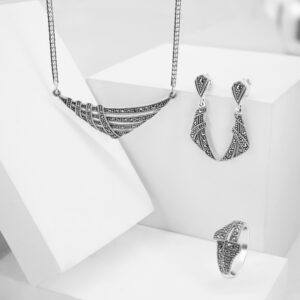
5. Design & Styling Flexibility
Plated silver allows for trend experimentation:
- Affordable testing of new styles
- Quick turnaround for seasonal trends
- Less risk in bold, high-fashion designs
Solid silver is ideal for:
- Signature pieces
- Timeless collections
- Gemstone and enamel pairings that justify higher pricing
Balance your offering to reflect both agility and authority.
6. Sustainability & Ethics
Environmental awareness is influencing buying behavior.
- Plated: Often uses base metals with unclear sourcing; short lifecycle = more waste
- Solid: Recyclable, resell able, and compatible with ethical sourcing certifica tionss
Promote solid silver collections as part of your sustainability story. If you offer plated, be honest about material origins and end-of-life options.
7. Branding Considerations
What do you want your brand to be known for?
- Solid silver = artisanal, legacy, slow fashion
- Plated = trendy, accessible, high-style at low cost
Some brands successfully use a tiered model: plated for entry-level collections, solid silver for signature or premium lines.
8. Maintenance & Customer Experience
Returns and complaints often hinge on durability.
- Plated pieces need more disclaimers and care instructions
- Solid silver earns loyalty with long-term satisfaction
Offer cleaning cloths, care guides, and lifetime polishing to build trust and repeat business especially for higher-ticket items.
9. Real-World Example: Dual-Line Strategy
A mid-sized jewelry brand launched two parallel collections:
- “Everyday Shine”: Plated silver for trend-forward designs under $50
- “Heritage Core”: Solid sterling silver with timeless motifs
Result: Entry-level customers became upsell candidates after gaining trust, while repeat buyers turned to solid silver for lasting quality.
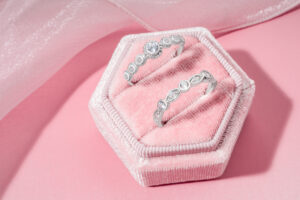
There’s Room for Both
The plated vs. solid silver decision isn’t black and white—it’s strategic. Your product mix should reflect your audience, your values, and your goals.
- Use plated silver to stay current and inclusive
- Use solid silver to build trust and long-term value
In the end, a successful jewelry brand is built not just on what sparkles but on what lasts, and what sells.
Know your customer. Know your craft.And choose the silver that supports both.
